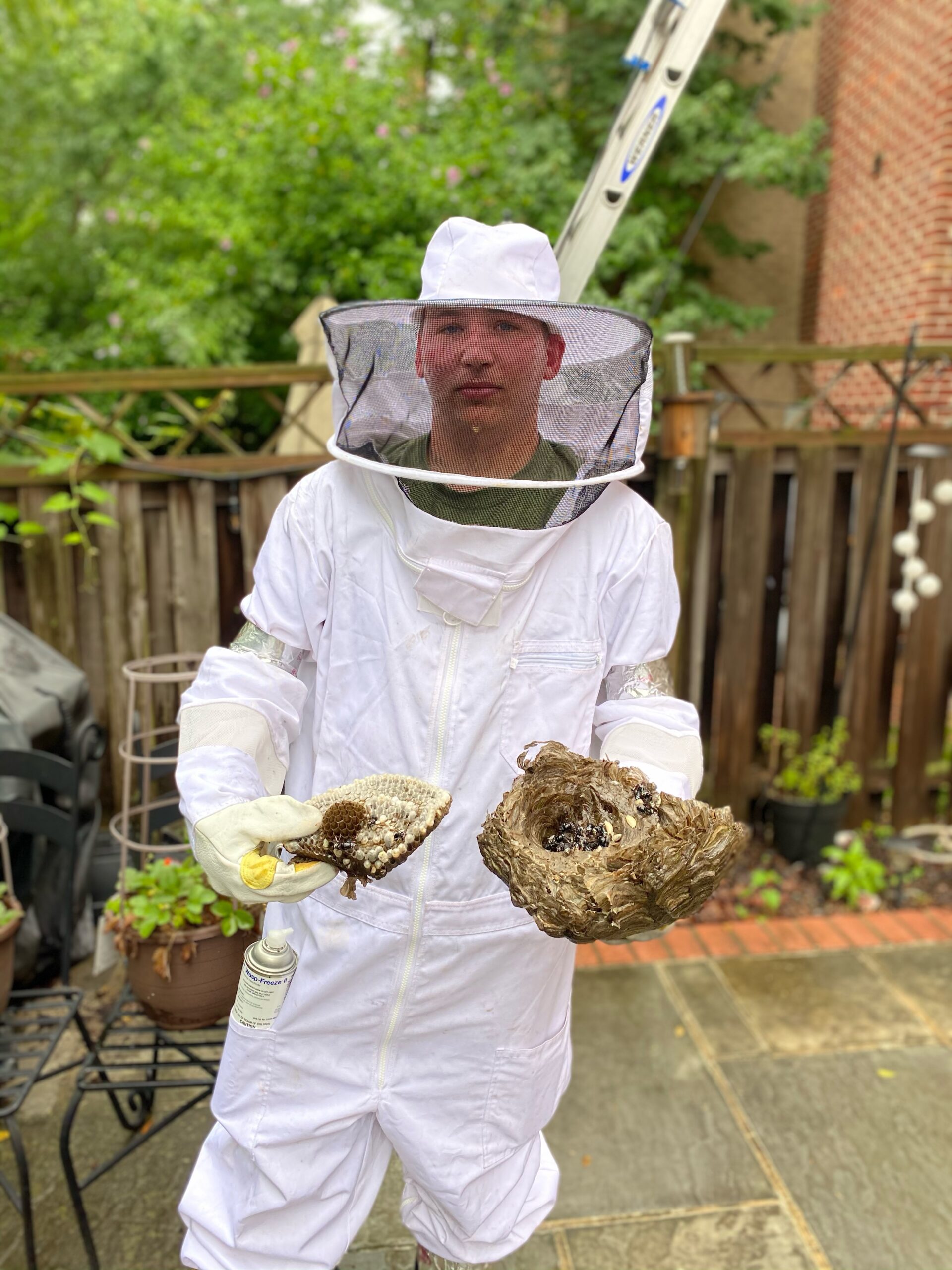Hornets are among the most aggressive and dangerous stinging insects, known for their painful stings and the potential threat they pose to humans, pets, and other animals. These insects are social creatures that live in colonies, typically building large nests in sheltered areas such as trees, attics, sheds, or under eaves. The presence of a hornet nest on or near your property can be a significant safety concern, especially if the nest is disturbed, leading to aggressive behavior from the hornets.
The Importance of Professional Hornet Nest Removal
Attempting to remove a hornet nest without the proper knowledge, tools, and protective gear can be extremely risky. Hornets will fiercely defend their nest if they feel threatened, and multiple stings can lead to severe allergic reactions or even life-threatening conditions like anaphylaxis in sensitive individuals. Therefore, it is crucial to engage professionals for hornet nest removal, ensuring the safety of everyone involved.

Why Professional Removal Is Necessary
- Expert Knowledge and Experience: Professional pest control experts are trained to identify different species of hornets and understand their behavior. This knowledge is vital in determining the safest and most effective method for nest removal. Professionals can assess the situation, locate the nest accurately, and choose the best time and approach for removal, reducing the risk of provoking the hornets.
- Safety: Professionals are equipped with specialized protective gear that shields them from stings during the removal process. They use tools and chemicals that are specifically designed for hornet nest removal, ensuring the job is done safely and effectively. This protective gear includes thick clothing, gloves, and face shields that minimize exposure to stings.
- Effective Removal: Professionals have access to pest control products that are not available to the general public. These products are more effective at eliminating hornets and preventing them from returning. Moreover, professionals know how to apply these products in a way that minimizes harm to the environment and non-target species, such as bees, which are crucial pollinators.
- Long-Term Prevention: After the nest is removed, professionals can provide advice on how to prevent future hornet infestations. This might include sealing up potential entry points in your home, trimming back trees or bushes that provide shelter for hornets, and keeping food sources (like trash cans) securely covered.

The Process of Hornet Nest Removal
- Assessment: The first step in professional hornet nest removal is a thorough inspection of the property. The technician will locate the nest, assess its size, and identify the species of hornet. This information is crucial for determining the appropriate removal strategy.
- Preparation: Once the nest is located, the professional will prepare for removal by donning protective gear and gathering the necessary tools and insecticides. The timing of the removal is also important; hornets are generally less active during the early morning or late evening, making these times ideal for removal.
- Removal: The professional will then proceed with the removal, using either chemical sprays, dust, or physical removal methods depending on the situation. The goal is to eliminate the hornets and remove the nest without causing unnecessary harm to the environment or creating a risk to people nearby.
- Cleanup and Disposal: After the hornets have been eliminated, the nest will be removed, and any remaining debris will be cleaned up. The professional may also treat the area with residual insecticides to prevent hornets from returning to the same spot.
- Post-Removal Monitoring: In some cases, the pest control company may offer follow-up visits to ensure that no new nests are being established and that the area remains hornet-free.
